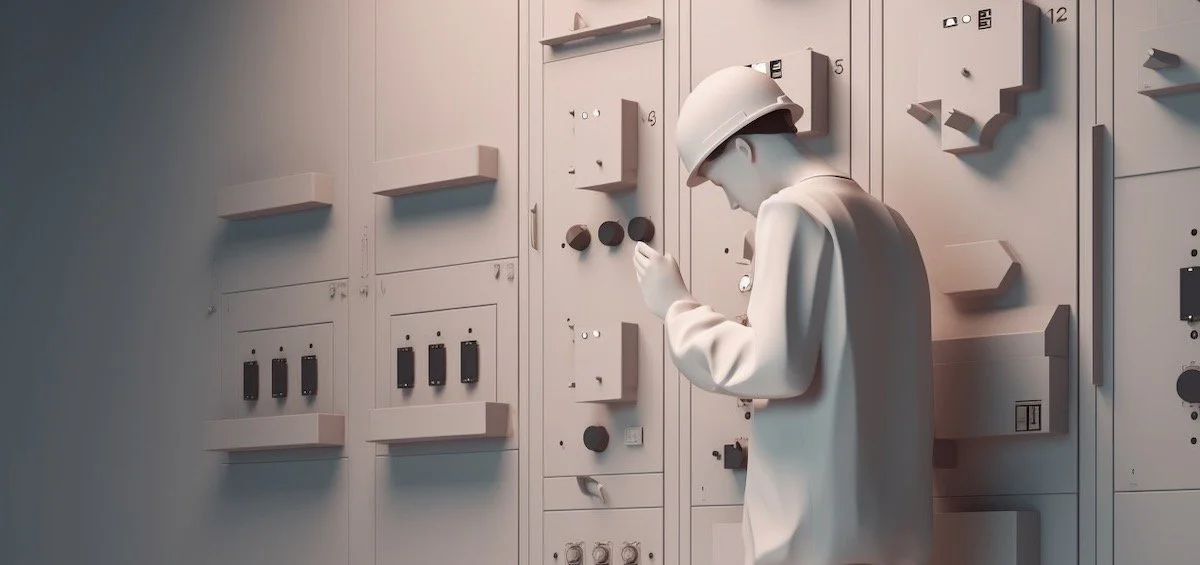The Subtle Art of Feeling Crappy
Here’s an easy-to-miss aspect of health and ill-health that’s often overlooked:
When you’re eating poorly and not exercising enough, you don’t actually feel that bad.
Someone who’s in poor shape isn’t a bed-ridden shell of a person. They have busy lives with a mix of responsibility, friends, family, and fun, like everyone else. They’re living, loving, and laughing just as much as the person who’s waking up early for a 5k run or consistently hitting the gym or exercise studio.
On paper, this shouldn’t be the case. When you’re making bad food and exercise choices, your body is deprived of the nutrients it needs to flourish, and your muscle tissue and respiratory system is slowly decaying from neglect and underuse. But someone in this state will get along with their day without much perceptible trouble.
The reason this works is because of the body’s incredible superpower of homeostasis. Homeostasis is the ability of an organism to remain in a stable equilibrium despite living in a dynamic environment.
For example, we all know the body’s internal temperature will be around 37°C (98.6°F). Whether it’s an Inuit seal hunter or a Saharan desert nomad, the reading will come back within a degree or two of that number. It’s remarkably consistent.
In the case of internal temperature, the body has a bag of tricks for dealing with both cold and hot environments. If it’s cold, the veins of the limbs will constrict, keeping bloodflow and warmth near the organs. It will also set you to shivering, a muscular contraction which heats you up. On a hot day, the body will squeeze water from the pores onto the skin surface to benefit from the cooling effect of evaporation (sweating), while the veins of the limbs will open up, bringing bloodflow away from the core so that it’s more easily released into the air.
The body is doing the same kind of quiet, behind-the-scenes work for every aspect of your physiology. This includes your ability to think, focus, and move through your day.
Let’s say someone starts a stressful new job, and to cope begins drinking a bit too much wine in the evenings. All that wine requires energy and resources to process. But if you asked this person if they feel tired or run-down, they’d probably report that they feel about the same as usual (and use this as proof that there’s nothing wrong with their evening wine habit).
This person feels more or less “fine” because the body has done a lot of work under the hood to keep homeostasis intact. Like a power plant operator balancing a load, certain systems have been quietly downshifted while others have been boosted. In this wine example, the liver will be asking for more blood, lymph, nutrients, and metabolic activity. The brain’s neuroreceptors will be down-regulating their response to alcohol. The endocrine system will be adjusting hormone levels to deal with the new internal landscape that the wine is creating (alcohol results in lower levels of testosterone, progesterone, and higher levels of estradiol).
The goal here isn’t to beat up on wine in particular. This same kind of internal rebalancing happens for all poor health choices, from too much junk food to a lack of exercise. The system always seeks homeostasis, like a ball rolling to the middle of a bowl no matter where you place it.
You might ask, if the body is doing all these fine-adjustments to make the person feel normal, what’s the issue? Why can’t we just proceed with our poor choices, knowing homeostasis will fill the gap?
This issue is that the body doesn’t have infinite resources, and all of the energy needed to make you simply feel normal has to come from somewhere.
This is where we get into the subtle art of feeling crappy.
When someone is living in a body under the invisible strain of maintaining a difficult homeostasis, they’ll find that they just don’t feel like doing stuff. Here’s what that looks like:
“Want to go for a hike this Saturday?”
“Ah, that sounds great, but I think I’ll pass, I’m just in the mood to chill this weekend. Next time!”
“There’s a workshop happening soon, want to go with me?”
“I’m so out of practice that it would be a waste, but thanks for asking.”
“Let’s go out and do something!”
“I’m feeling a little run-down today, you can go ahead without me.”
This is the velvet-lined trap of living with poor nutrition and exercise choices. You don’t really feel the sting as a negative sensation. You just don’t feel the positive side of the equation anymore. And it’s difficult to feel the lack of something.
You can see this vividly when someone begins to exercise while cleaning up their food and drink choices. One of the most common refrains we see from Kenzai trainees going through this process is, “I can’t believe how much energy I have!” In truth, they had that energy the whole time, it was just being diverted to dozens of homeostatic mechanisms to get them to their baseline. When you remove all the baggage that was dragging that baseline down, the person feels vibrant and energized
When your nutrition and exercise are dialed in, suddenly, you’re the kind of person that feels like doing stuff. The excuses, rationalizations, and “maybe-next-times” drop away, replaced by “yes!” Yes, I’ll go on that hike, yes I’ll get into this hobby again, yes I’ll be more spontaneous and less stuck in a rut. It’s a great way to live, and one which will add many joyful years of health and vitality to your life.
Keep this in mind as you make your nutrition and exercise choices. Feeling crappy isn’t flashy. It’s a quiet background process that saps your energy from hundreds of micro-diversions of your energy. You deserve better than to feel merely blah. Unlock the energy to live a life filled with “yes!”




